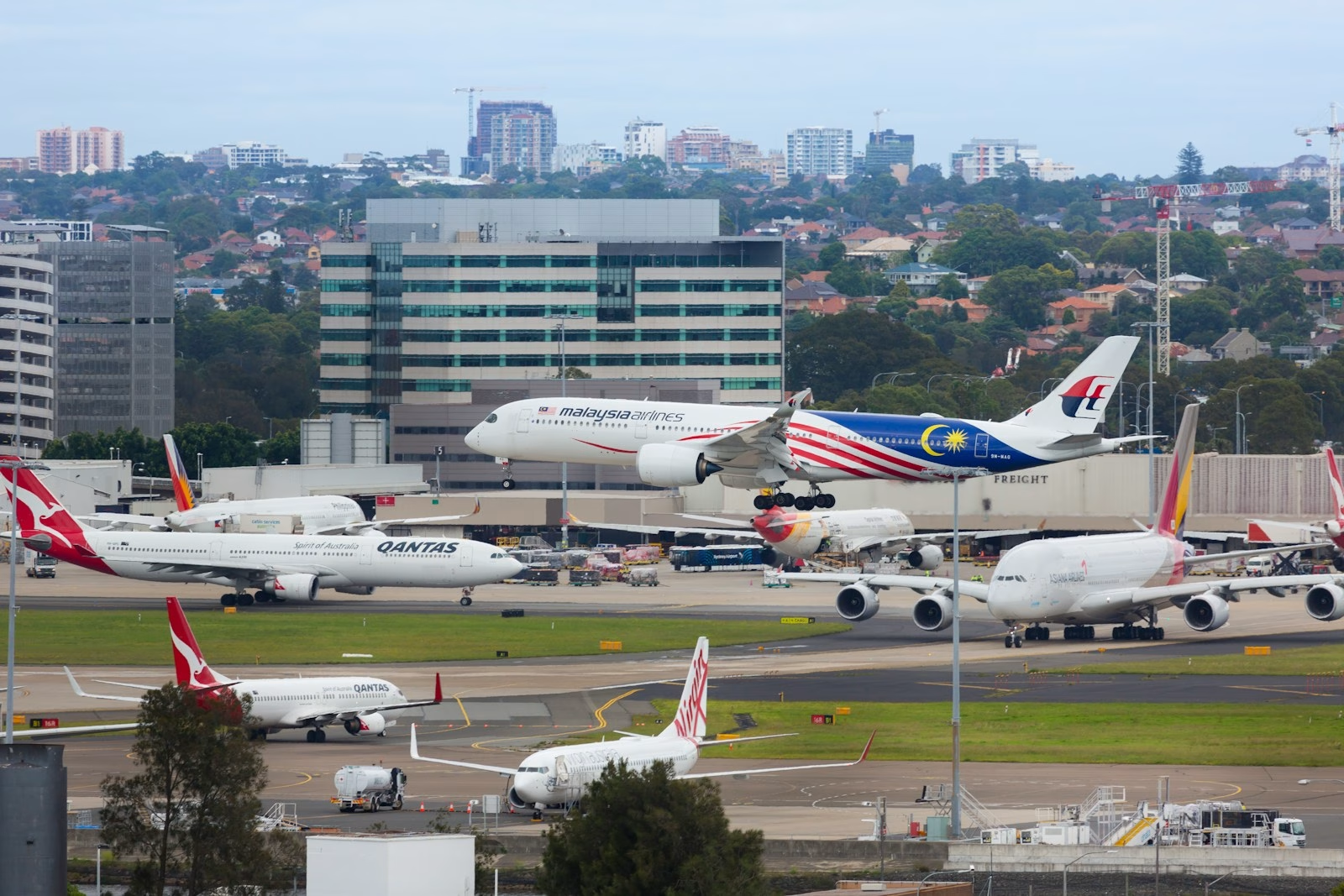
Kuala Lumpur Ranked 8th in the MasterCard Global Destination Cities Index 2015
Kuala Lumpur, 9 June 2015 – With an estimated 11.12 million international overnight visitors expected this year, Kuala Lumpur has once again been ranked ahead of major tourist destinations such as Hong Kong, Tokyo and Barcelona in the latest edition of the MasterCard Global Destinations Cities Index.
London tops the Index again with 18.82 million international overnight visitors expected in 2015, just slightly ahead of Bangkok which is expecting 18.24 million visitors.
In terms of visitors’ cross-border spending, the MasterCard Global Destinations Cities Index ranked Kuala Lumpur as having the second fastest growth rate in visitor spending and transactions, with visitors expected to spend an estimated US$12 billion in 2015, an increase of 8.7% from last year. Despite the depreciation of most currencies against the U.S. dollar, the visitors spend in countries like Malaysia, Thailand, Turkey and UAE have increased strongly, showing robust growth.
The increased number of international visitors is having a significant impact on the economies of cities in Asia Pacific’s emerging markets. In order to compete for growing tourist receipts, Governments are investing in infrastructure and improving the capacity of airports to accept an increased number of flights and bigger planes.
ADVERTISEMENTS
Driven by insights into travel patterns, the MasterCard Global Destinations Cities Index provides a ranking of the 132 most visited cities from around the world. It is expected that 382.9 million trips will be made by international visitors by air between these cities by the fourth quarter of this year. More than just a travel tracker, the study provides an understanding of how people move around the world and the importance of the world’s cities as homes, destinations and engines of growth.
Recognising Kuala Lumpur’s position as a leading tourist destination globally, Safdar Khan, group country manager, Indonesia, Malaysia and Brunei; group head, Islamic Payments, Southeast Asia, MasterCard stated: “The results of this Index further solidifies Kuala Lumpur’s position as a preferred destination for international travellers. As we have seen from the recent MasterCard-CrescentRating’s Global Muslim Travel Index, Malaysia is already a top destination amongst the Muslim travel market for its Muslim-friendly facilities. We are confident that the country will grow from strength to strength and we are here to support the growth with innovative secured payment solutions engineered to accommodate global travellers with utmost convenience.”
Malaysia’s ranking in the MasterCard Global Destinations Cities Index complements Prime Minister Datuk Seri Najib Razak’s vision to boost the travel industry and promote intra-ASEAN tourism in the region, which is expected to generate a combined gross domestic product (GDP) of US$3 trillion by 2017.[1]
Forecasted international overnight visitors to the top 10 destination cities in 2015 are as follows:
| 1. London – 18.82 million visitors ADVERTISEMENTS 2. Bangkok – 18.24 million visitors 3. Paris – 16.06 million visitors 4. Dubai – 14.26 million visitors 5. Istanbul – 12.56 million visitors |
6. New York – 12.27 million visitors
7. Singapore – 11.88 million visitors 8. Kuala Lumpur – 11.12 million visitors 9. Seoul – 10.35 million visitors 10. Hong Kong – 8.66 million visitors |
Infographic in full can be downloaded from here: http://news.mstr.cd/1RIESrP
Report in full can be downloaded from here: http://news.mstr.cd/1BGlGSw
Realising the vast growth of Asian markets in the tourism and economic landscape, President of Southeast Asia for MasterCard Matthew Driver commented that tourism is becoming an increasingly important source of income and employment for many Asian countries.
“This reflects the growing appeal of Asia as it continues to develop, led by the fast emerging ASEAN economies, China and India. As countries compete for tourist receipts, and seek to improve the visitor experience, it will be key for governments and tourist authorities to continue to invest in smarter city infrastructure while preserving and protecting the heritage – from monuments to cultural events – that makes their cities unique. In this way, Asia will be able to maintain and build dynamic, exciting, global cities, which will fast become brands in their own right, pulling people to the region,” he said.
Growth of the East: The resilience of Asian Destination Cities
The majority of visitors to cities in Asia originate from within Asia Pacific. This may help to explain the continued growth of visitor numbers over the last five years as European and North American markets experienced economic slowdown. The top five feeder cities to Kuala Lumpur, Bangkok and Singapore in 2015 are all in Asia Pacific.
However, this shows the lack of diversity in the origin of visitors to many destinations in Asia, which presents risks to long term resilience to any global economic shocks. The challenge going forward for many of these otherwise very successful destination cities is to diversify their sources of visitors while maintaining their robust rates of growth. Nevertheless, globally, international overnight visitor numbers and their cross-border spending have consistently grown faster than the world’s real GDP since 2009.
Intellectual Insights: Understanding What Drives Global Cities
In 2015, it is expected that nearly 383 million overnight trips will be made by international overnight visitors between the Index’s 132 cities. In combination with urbanisation – the United Nations (UN) has estimated that two-thirds of the world’s population will live in cities by 2050 – this represents a massive demand for goods and services. By forecasting the number of international travellers, the Global Destination Cities Index helps to highlight the infrastructure needed to meet the expectations of both locals and visitors.
Infrastructure Innovation and Consumer Experiences
Major cities like London and Chicago are building open, interoperable transit systems facilitated by MasterCard contactless and mobile payments. The streamlined operations help support reinvestments in other infrastructure. A recent report by MasterCard and the Future Foundation found that people in India and China’s biggest cities felt local government could be doing more to make improvements to their city, including transport services, using new technology.
MasterCard has also developed consumer marketing programs to support the significant role cities play as centers of human interaction. In fact, six of the Top 10 Global Destination Cities are also Priceless Cities, a one-of-a-kind global platform that curates unique experiences, privileged event and attraction access, and special merchant offers.
Destination Cities: Spotting the Trends
Across the globe, among the key trends that stand out include:
- Europe – Istanbul receives the most diverse visitors, with 50% of its inbound overnight visitors coming from 33 different cities.
- Latin America – Lima is both the top destination and the fastest growing city in the region, featuring almost 50% more international overnight visitors than second-ranked Mexico City.
- Middle East and Africa – Dubai continues to be one of the fastest growing cities in the global Top 10 while Abu Dhabi is the third fastest growing destination city overall between 2009 and 2015.
- North America – Houston is the fastest growing city in North America since 2009 and is the only destination city in North America with a double-digit growth.
[1] Markets, T. E. (3, June 2015). Asean tourism provides chance of growth, says Najib. Retrieved June 2015, 5, from The Edge: http://www.theedgemarkets.com/my/article/asean-tourism-provides-chance-growth-says-najib





Leave a Reply